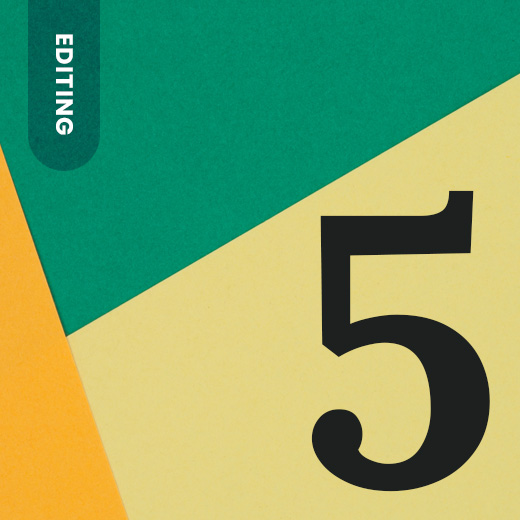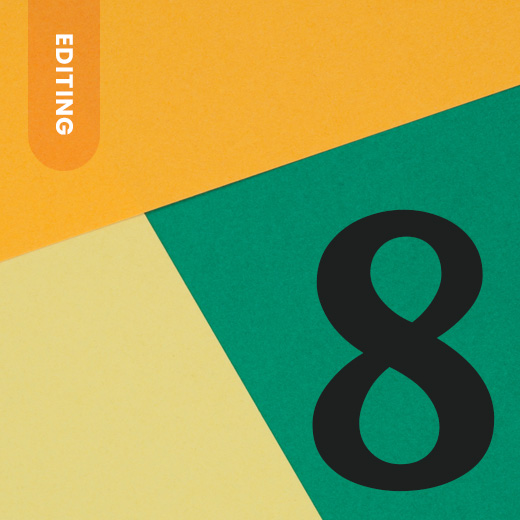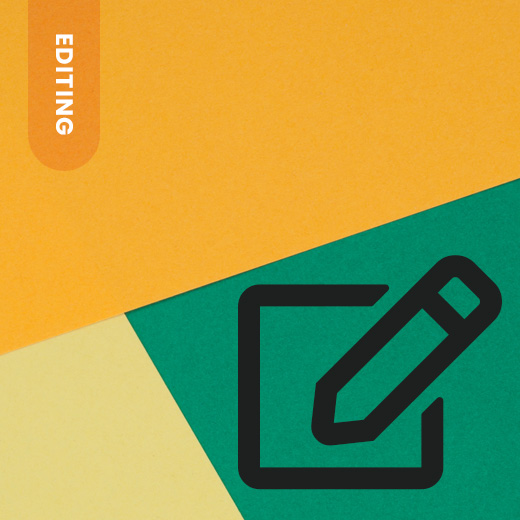Self-Indexing Explained
Many authors hire professional indexers to do their book’s index, but if you want to do it yourself, you can! While self-indexing is a big job, it can be fun, especially if you feel you know your book better than anyone else and have the language skills and attention to detail.
Self-indexing is like deconstructing your book. As you write, you weave together ideas under themes. With self-indexing, you take those themes apart and think about the individual topics readers might be looking for.
Imagine a cookbook. You create recipes by combining ingredients to make new dishes. Some readers will flip through the book and find a dish that catches their eye. Others will be looking for a recipe that uses chicken. Instead of flipping through the whole book, they’d find it much easier to refer to an index that tells them which pages have chicken recipes.
If you can identify the main ideas of your book, self-indexing might be for you. But it requires you to put yourself in the shoes of different readers and think about what they might be looking for.
What is an Index?
At its simplest, an index is an alphabetical list of names, topics, or terms in a book, along with page numbers where that information can be found. Whether it’s in a book, website, or journal, an index helps readers find what they’re looking for.
Imagine walking into a bookstore to find a travel book about Mexico. You’d go to the travel section and look under “M” for Mexico. An index is like a guide for readers to find specific topics in your book so they can find what they need quickly.
An index includes all parts of a book – like the introduction, footnotes, or endnotes that expand on the main text – but excludes the title page, dedication, table of contents, and acknowledgments. Glossaries, bibliographies, and citations are not usually indexed unless they contain additional information.
Do You Need an Index?
Not all books need an index. Whether you include one depends on your book’s purpose. If readers will be looking up specific information rather than reading from cover to cover, then an index might be helpful. If your book is to entertain or is a straightforward topic, an index might not be needed.
But if your book covers deep, complex topics, references people, places or ideas across multiple sections or is an instructional guide, an index will be helpful.
How to Self-Index
Self-indexing is a big job, especially if you’re doing it for the first time. But since you know your book better than anyone else and have the language skills and attention to detail, you’re in a great position to do it. You won’t need to start indexing until your manuscript is complete and edited, as big revisions could change or remove material.
If you’re still writing, it’s a good idea to note important names or topics as you go, but wait until the final draft is done before you start indexing. There are software tools that can help with self-indexing, but they can’t replace the human judgment to decide what should or shouldn’t be included.
Here’s a simple process for self-indexing:
- Make a List: As you go through your book, list every name, term, and concept that might be relevant to the reader. It’s better to have too much information than too little.
- Note Page Numbers: As you make your list, note the page numbers for each entry. Don’t worry about organizing yet – just get everything written down.
- Combine Duplicates: Check your list for duplicates. Make sure any duplicate terms or names refer to the same person or concept. If two people have the same name, for example, make sure their entries are separate.
- Consider Variants: Think about other ways readers might search for the concept or name you’ve listed. How else might someone look for what you’ve listed? Include any common alternatives.
- Review and Refine: Repeat the process until you’re happy you’ve got everything.
Self-indexing is hard because you have to make assumptions about what your audience will find important and there’s no feedback during the process. But if done well, self-indexing gives you control over your book’s index and is a useful skill for future projects.
By paying attention to detail and using your knowledge of your book, you can create an index you’re proud of, and that will be useful to readers.

Don't let your manuscript sit idle
start your publishing journey now!
Get matched with a self-publishing company specifically chosen for you and the book you are publishing.
Don’t let your manuscript sit idle – start your publishing journey now!




